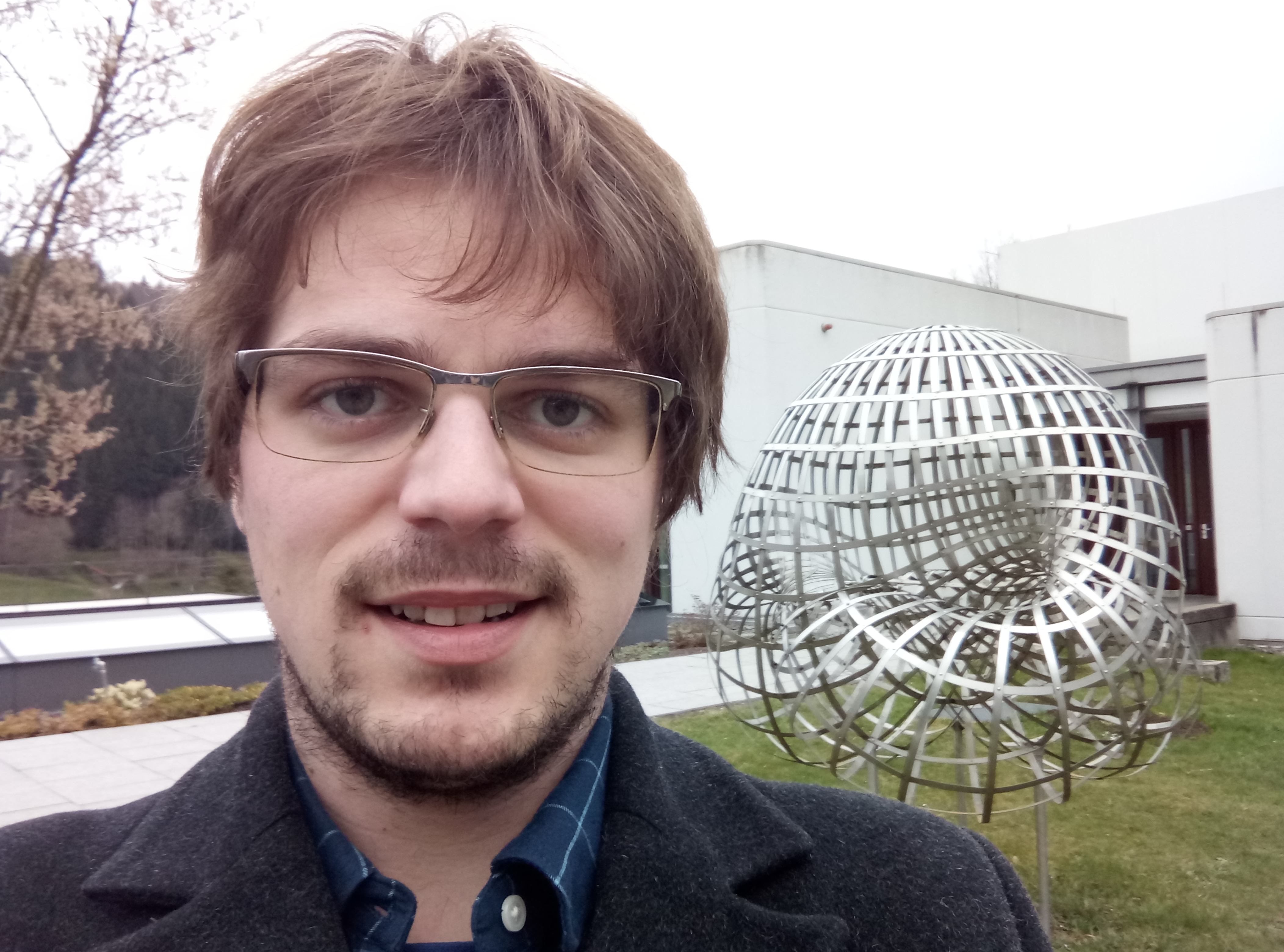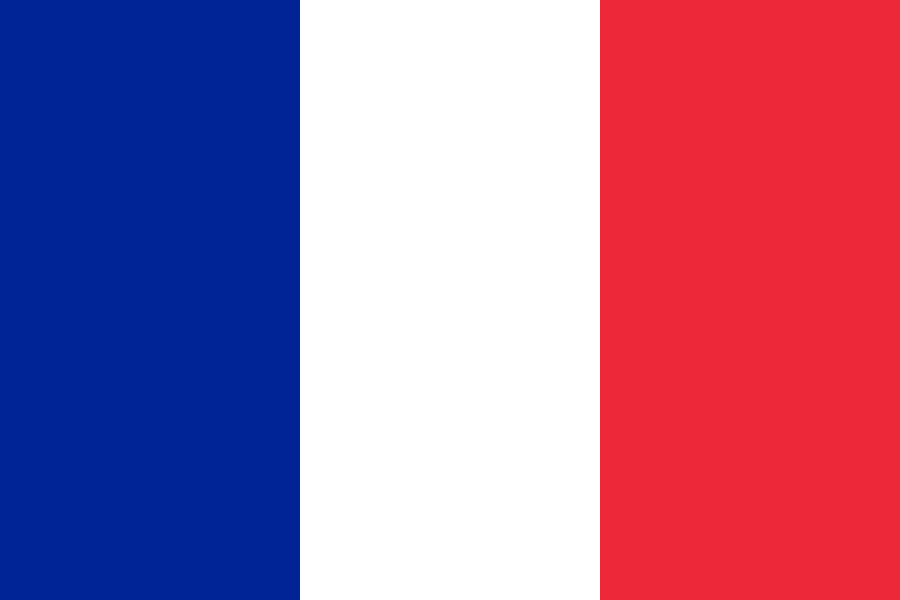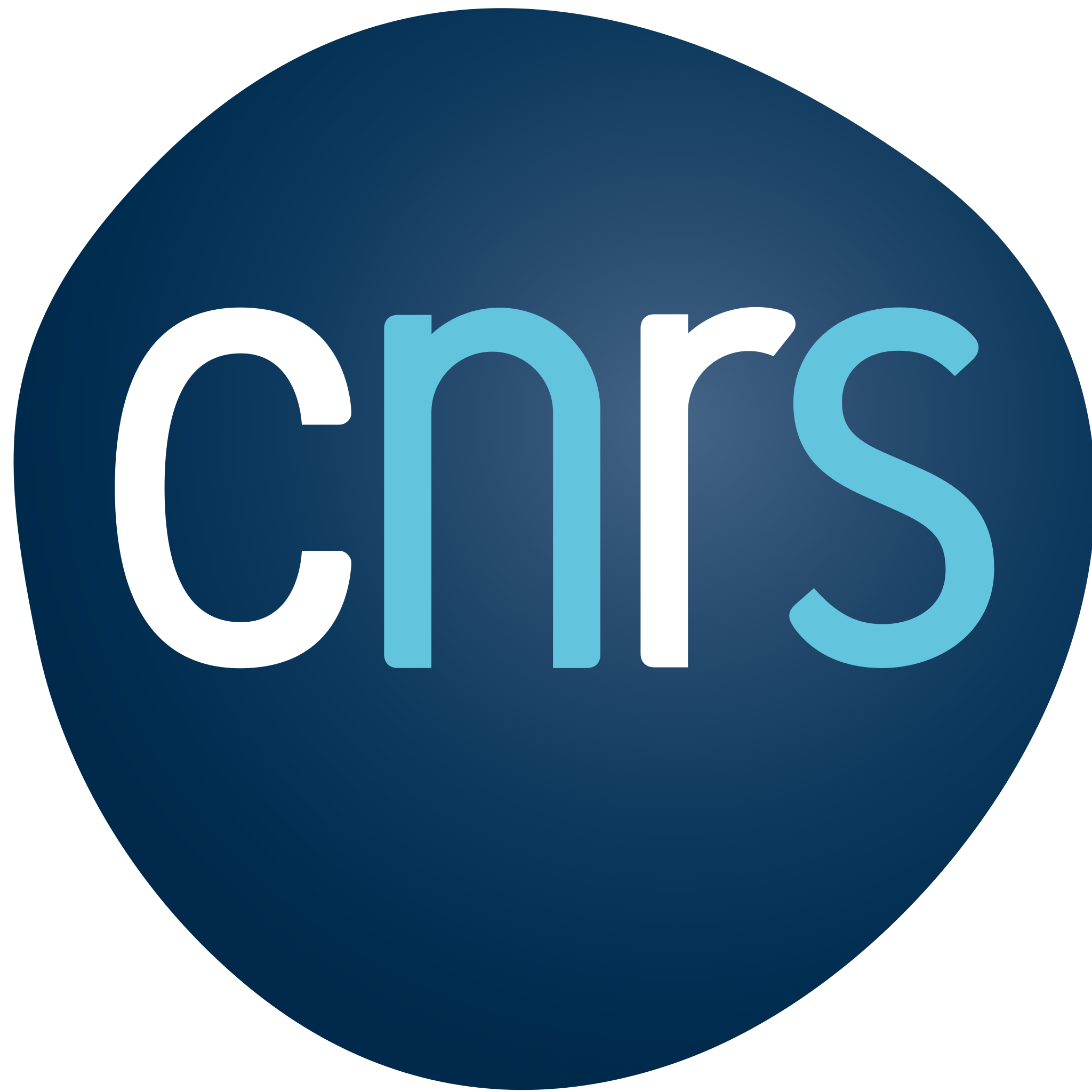Arthur Garnier's personal webpage Applied Mathematics teacher in Preparatory Classes (Lycée Jean Calvin, Noyon) and Associate researcher at the LAMFA (University of Amiens) |
 |
Welcome!
Currently an Applied Mathematics teacher and main teacher of the first-year class of Preparatory Classes in the Lycée Jean Calvin at Noyon, I am also an associate researcher at the LAMFA, where I have defended my PhD thesis in 2021.
On this page you may find my research papers, along with some unpublished works.
Description of my work
My research focuses on equivariant algebraic topology and, more specifically, on the construction of cellular decompositions, equivariant with respect to discrete groups actions.
The interest of such structures is to lift cohomological information to the derived category:
more precisely, if a group \(G\) acts on a topological space \(X\), then the singular cohomology \(H^*(X;\mathbb{Z})\) yields an integral representation of \(G\).
We may define the singular cohomology as the cohomology of the derived functor \(R\Gamma(X;\underline{\mathbb{Z}})\) of global sections, applied to the constant sheaf.
This complex \(R\Gamma(X;\underline{\mathbb{Z}})\) is a complex of \(\mathbb{Z}[G]\)-modules, that we can see in the derived category \(D^b(\mathbb{Z}[G])\) of \(\mathbb{Z}[G]\)-modules.
This information is more fundamental and precise that cohomology, but this complex is impossible to compute in general.
However, a \(G\)-equivariant cell structure gives, as any cell structure does, a complex of cellular chains which, because of the equivariant nature of the structure, turns out to be a complex of \(\mathbb{Z}[G]\)-modules, isomorphic to \(R\Gamma(X;\underline{\mathbb{Z}})\) in \(D^b(\mathbb{Z}[G])\).
Furthermore, such a complex is “homotopically canonical”, meaning that any two equivariant CW structures will yield two cellular chain complexes, that are isomorphic in the homotopy category of \(\mathbb{Z}[G]\)-modules.
We thus obtain a combinatorial model for \(R\Gamma(X;\underline{\mathbb{Z}})\).
For more details on these matters, the reader is referred to the first part of my thesis.
The spaces that are of particular interest to me appear in Lie theory, and are endowed with an action of the Weyl group (maximal tori, flag manifolds, etc), in view of applications to representation theory.
Besides, I have also worked on Mathematical Physics and in particular on General Relativity and its extensions.
Specifically, I have developed a Python library allowing to simulate the shadow, with accretion disk, of a charged rotating black hole, which for the first time takes the cosmological effects into account (these are known as Kerr--Newman--de Sitter black holes). I also produced the analogues of this code for the Euclidean avatars of these spacetimes which, in contrast with the former ones, are geodesically complete. These libraries are freely available on Github and PyPI; for some illustrations, see here.
More recently, I study various extensions of these models and of Einstein's equations to other geometries, with potential applications in quantum gravity.











